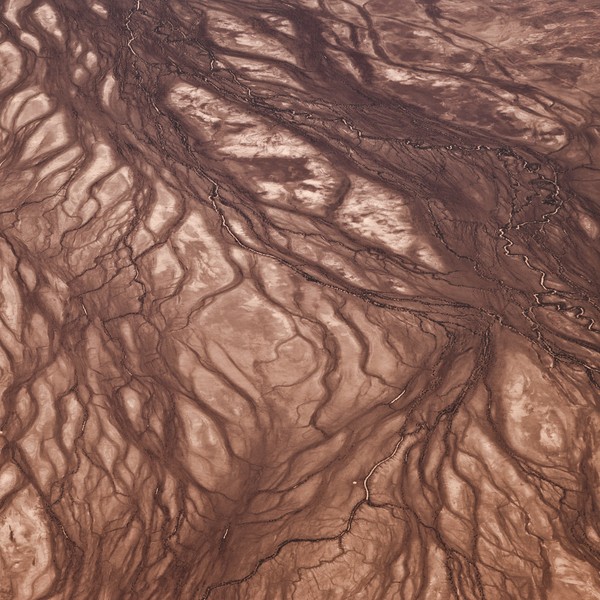|
|
| Simpson Desert, Australia |
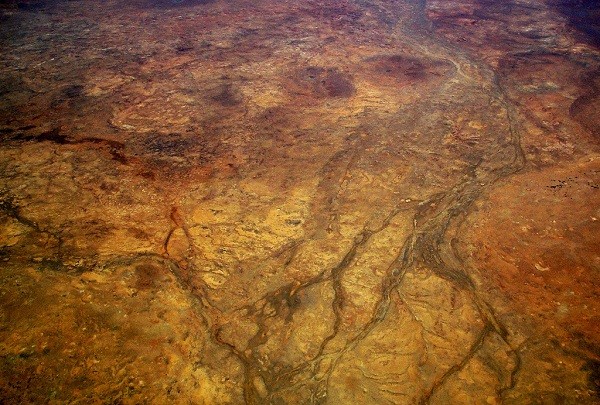 |
|
Rivers carrying silt enrich the landscape of the Simpson Desert. In the photo, the grey area is silt carried by the rivers. Over millions of years of weathering, iron oxides in the deposited silt are released, creating yellow and red colors on the desert floor.
|
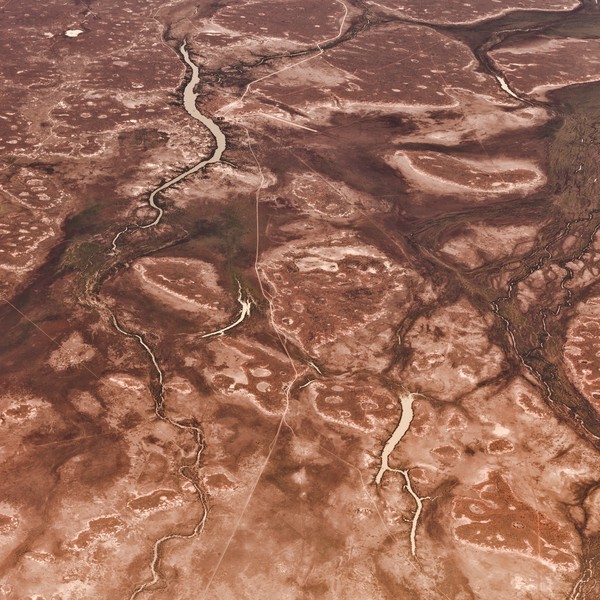 |
|
In addition to rainwater, underground springs also contribute to the flow of water on the desert floor. However, the amount of groundwater here is decreasing due to the digging of oil wells in this area.
|
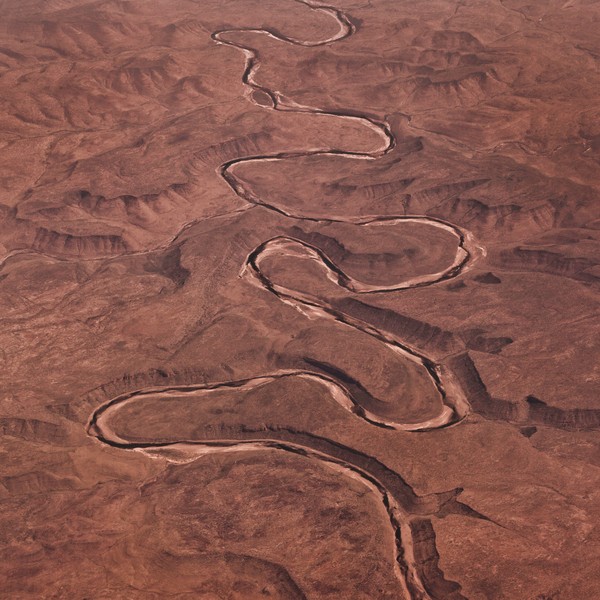 |
|
During the dry season, dry riverbeds are a common sight in the Simpson Desert. Visitors must be wary of sudden floods when visiting dry riverbeds. In fact, many people have drowned in the desert when encountering these floods.
|
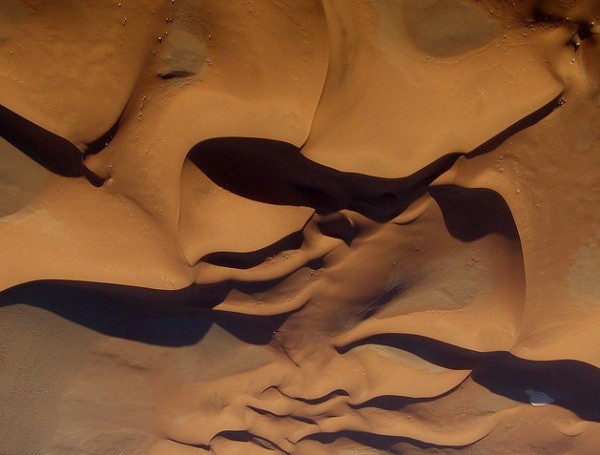 |
| Namib Desert, Southern Africa |
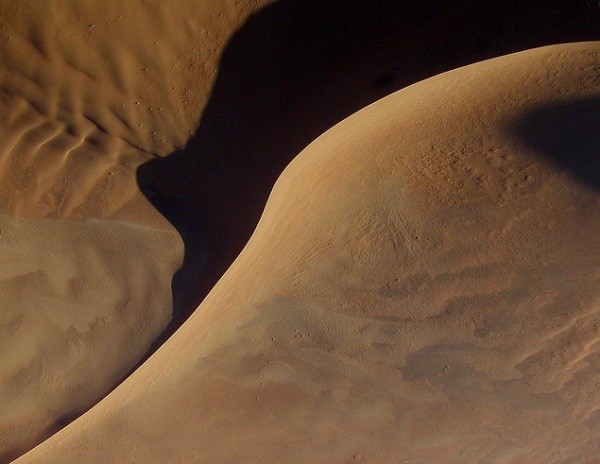 |
|
The magnificent sand dunes are the hallmark of the Namib Desert, which can reach up to 300m high and stretch for 32km.
|
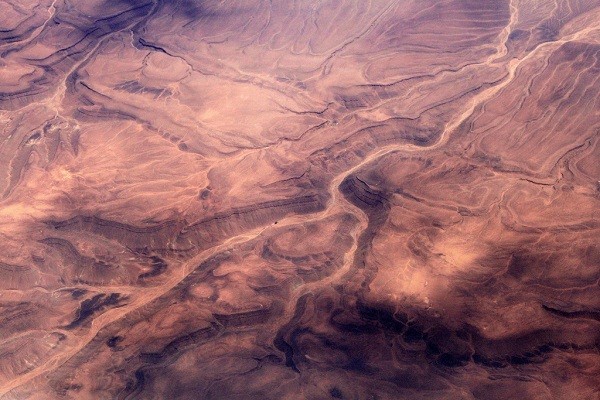 |
| Sahara Desert, Northern Africa |
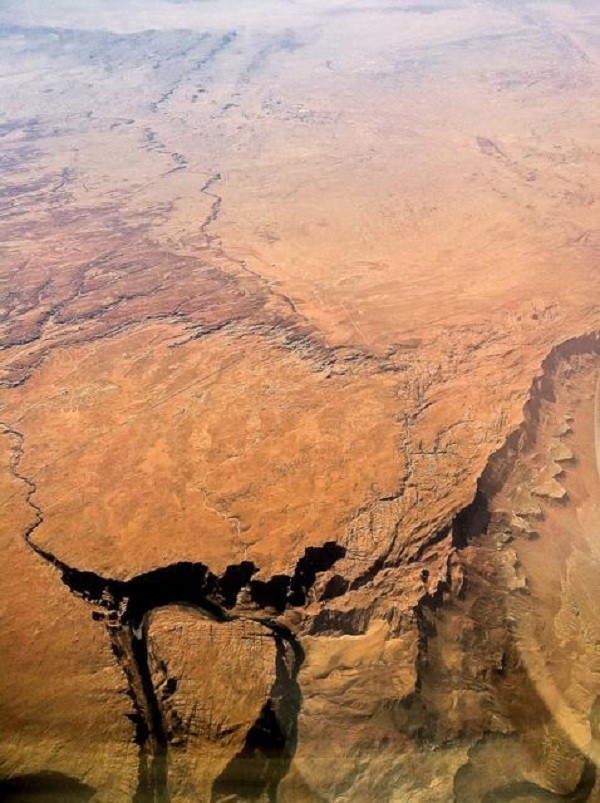 |
| Mojave Desert, USA |
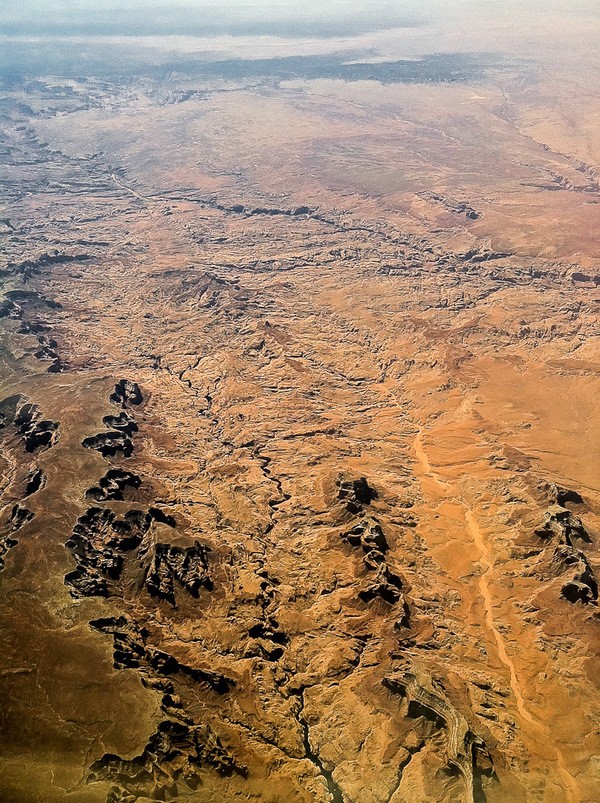 |
|
The deep valleys of the Mojave were carved out by geological activity. The desert is known for its extreme weather conditions, with summer temperatures reaching 120 degrees Fahrenheit and winters below freezing. Death Valley and the bustling city of Las Vegas are both located in this desert.
|
 |
| Great Basin Desert, USA |
 |
| The Great Basin also has shallow rivers that flow through it, creating a zigzag network across the flat desert floor. |
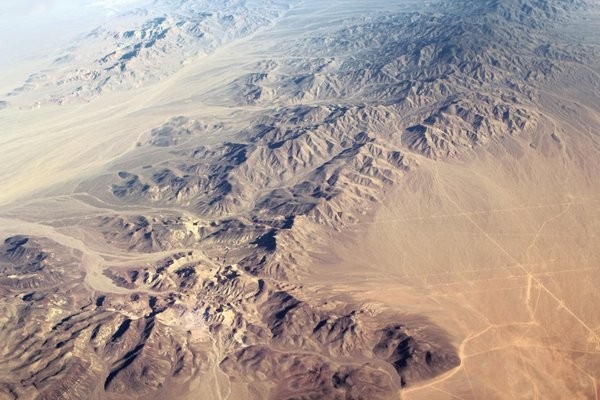 |
|
Underneath the desert, geological activity is ongoing. Scientists predict that the North American tectonic plate will split and seawater will flood in, forming a new ocean in millions of years.
|
 |
| Sonoran Desert, North America |
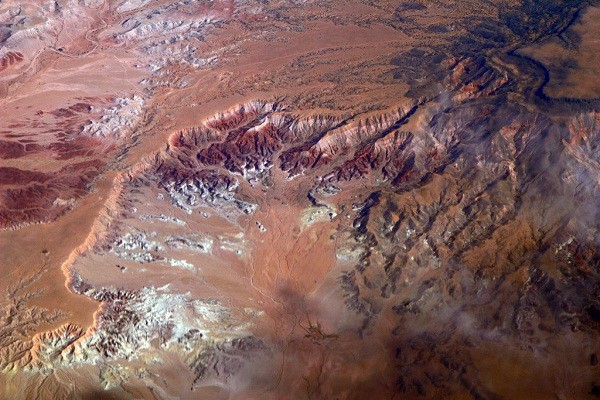 |
| Painted Desert, USA |
